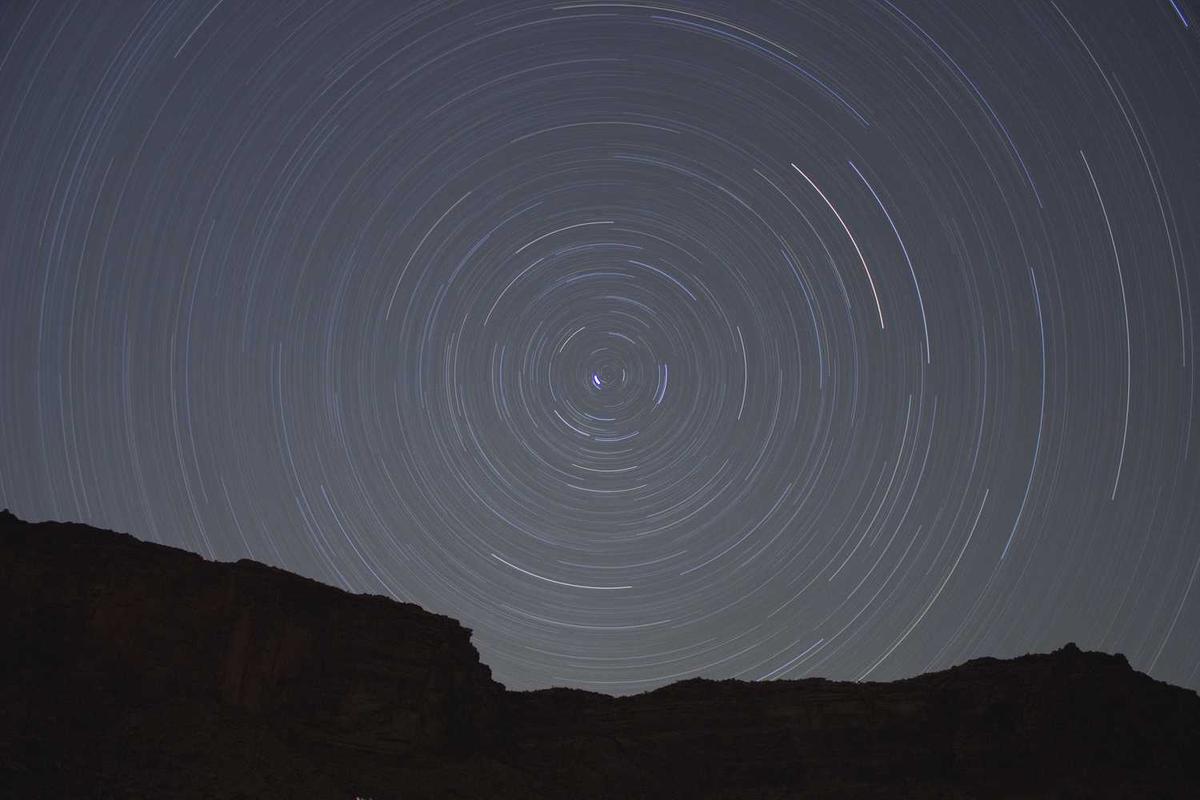Who Is This Artist? A Guide to Identifying Unknown Artwork
Uncovering the artist behind an unknown piece of art can be a fascinating journey, whether you’re an avid collector, a curious art enthusiast, or a dedicated researcher. This guide offers practical strategies and resources to help you identify the creator of a mysterious artwork.
Deciphering Artist Signatures: Common Styles and Techniques
The artist’s signature is often the first clue in identifying the creator. However, deciphering these signatures can be challenging due to variations in style, legibility, and even intentional obfuscation. Here’s a breakdown of common signature analysis techniques:
- Stylistic Analysis: Examine the signature’s characteristics – the lettering, flourishes, and overall form. Certain periods or art movements had distinctive signature styles. Is it calligraphic, blocky, or abstract? Does it incorporate symbols or monograms?
- Period Research: If you have an estimated timeframe for the artwork, research prevalent signature styles of that era. This can narrow down potential artists.
- Signature Databases: Several online databases specialize in artist signatures. These can be invaluable resources for comparing unknown signatures to known examples.
- Variations: Be aware that artists may vary their signatures over time or use different signatures for different mediums (e.g., paintings vs. prints).
FAQ: What if the signature is illegible?
Even if a signature is difficult to read, it can still provide clues. Note any distinctive letterforms, symbols, or the overall shape of the signature. These can be helpful when comparing to known examples.
Using Online Resources: Art Databases and Reverse Image Search
The internet offers a wealth of resources for art identification. Here are some key tools:
- Art Databases: Explore online art databases like Artnet, Artcyclopedia, and the Getty Provenance Index. These databases often contain information about artists, artwork details, and sometimes even signature examples.
- Reverse Image Search: Utilize reverse image search engines like Google Images or TinEye. Upload an image of the artwork, and the search engine will find visually similar images, which might lead you to information about the artist or the artwork itself.
- Auction Records: Websites like Sotheby’s and Christie’s offer online catalogs of past auction results. These catalogs can provide valuable information about similar artworks, including artist attribution and sales prices.
- Online Forums and Communities: Engage with online art communities and forums. Posting an image of your unknown artwork can solicit helpful suggestions and insights from other art enthusiasts and experts.
FAQ: Are all online art databases free to use?
While some art databases offer free access to basic information, others may require subscriptions for more comprehensive data and features.
Consulting with Experts: Appraisers and Art Historians
If your own research reaches a dead end, seeking expert advice is the next step. Here’s how art appraisers and art historians can assist:
- Art Appraisers: Appraisers possess extensive knowledge of the art market and can offer insights into an artwork’s style, period, and potential value. They can also connect you with other specialists if needed.
- Art Historians: Art historians specialize in the study of art history and can provide in-depth analysis of an artwork’s stylistic features, historical context, and potential artist attribution.
- Museum Curators: If the artwork seems to align with a specific museum’s collection focus, contacting a curator in that area might yield valuable information.
FAQ: How do I find a reputable art appraiser or art historian?
Professional organizations like the Appraisers Association of America and the College Art Association can provide directories of qualified professionals.
FAQ: Is it guaranteed that an expert can identify the artist?
While experts can provide valuable insights and significantly increase the chances of identification, there’s no guarantee that every unknown artist can be definitively identified.
Conclusion
Identifying an unknown artist requires patience, persistence, and a combination of analytical skills and resourcefulness. By utilizing the techniques outlined in this guide, you can significantly increase your chances of uncovering the creator behind a mysterious artwork and adding another layer of appreciation to the piece itself.
Ready to begin your art detective work? Start by examining the signature and exploring online resources. If you hit a roadblock, don’t hesitate to consult with the experts. The journey of discovery is often as rewarding as the final identification.
